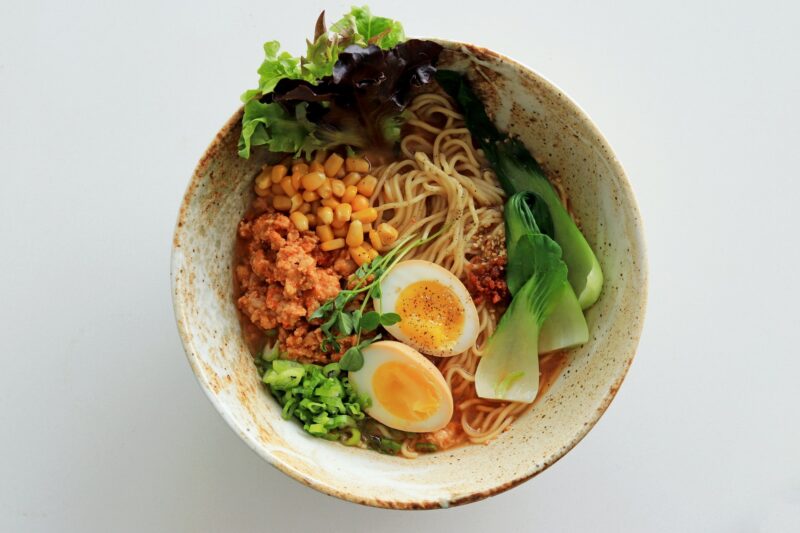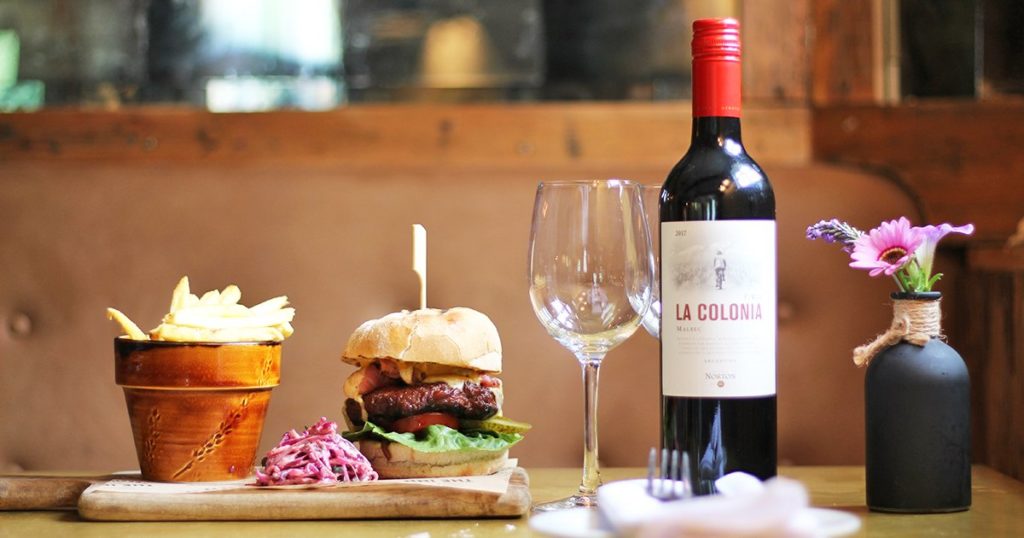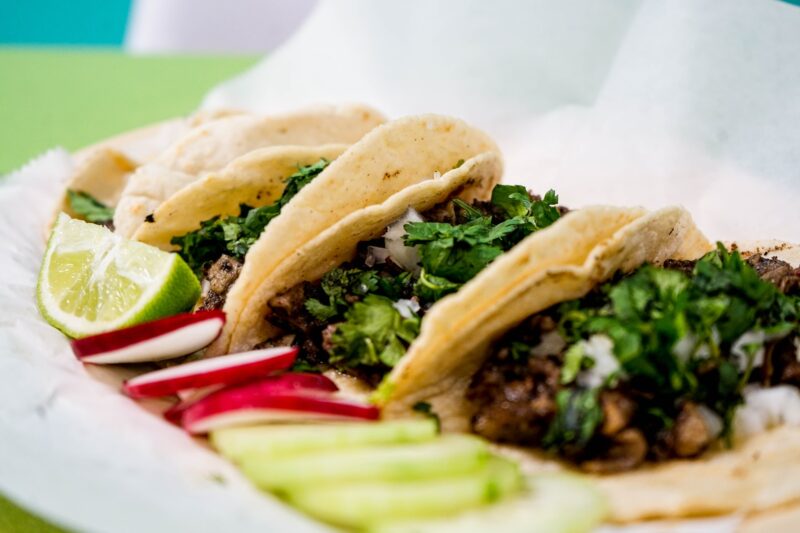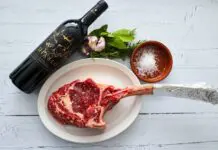
Home is the place where one can discover the best quality of food, giving ultimate fulfillment to the taste buds. Indeed, we all feel that way, but in our world, there are several types of popular foods that have historical significance and magnificence in taste inside it.
So, through this article, we will introduce you to some foods that have high cultural value in their respective countries. It will help you to recall the background story of the below-mentioned foods every time you take a bite of it.
Pizza with Pinot Noir
Derived from an Italian word ‘pizziare,’ pizzas have a very intriguing storyline, which encompasses its evolution. So, for those who don’t know, Pizzas are round-shaped open pie that is made with yeast dough.
There are numerous varieties of toppings that are added over a pizza, like tomato sauce, cheese, and other ingredients.
Now, going back in time, pizza was oven-baked flatbread that was topped with local spices and olive oil by the Romans and the Greeks. However, the pizza that is sold in today’s time frame was derived from Naples, Italy, which introduced lard, salt, and garlic as toppings.
To make pizza, flour is used, which is made from the brain, including yeast-like baker’s yeast, with mozzarella cheese as a topping.
Several varieties of spices are used like garlic, oregano, marjoram, and basil to make pizza sauce. However, with the development of pizza, meat, bacon, and chicken were also used for added taste.
Popular appetizers that are consumed as a side dish alongside pizza are Caesar salad; citrus, fennel, and avocado salad; and Cacio e Pepe brussels sprouts. Find out more about these foods on Onthegas.org.
Now everyone wants a complementary side drink alongside the food. That’s when French-made red wine Pinot Noir comes into the scenario. The acidic intensity and fruity taste heighten the cheesy taste of your pizza.
With flavors like cherry, raspberry, mushroom, clove, and hibiscus, the fruity wine accentuates the sensory pleasure of your taste buds whenever you take a sip of it.
Ramen with Zind Humbrecht Wine

From deriving its pronunciation from the Chinese word ‘lamina’ to being considered as a famous Japanese cuisine, this food has a much debatable significance of its history.
Historically, ramen is a Japanese food that first appeared in the country by Chinese cooks. These cooks intertwined noodles with salty broth back in 1910.
It has been stated that Japanese workers, after returning from China post-second Sino-Japanese war, had made high appreciation about this Chinese cuisine. It thus led to a magnum-opus purchase of ramen throughout the country.
In Japan, primarily two types of ramen are sold, i.e., ‘ramen of Kyushu’ and ‘ramen of Hokkaido.’ The Kyushu ramen is prepared with tonkotsu, which is a boiled pork bone broth, and Hokkaido is prepared with red miso, which is a traditional seasoning.
Ramen, like most other noodles, is with wheat flour, water, and salt. A ball-shaped dough structure is made, which is later rolled, cut, and steamed.
However, a distinct type of alkaline water named ‘Kansui’ is implemented that gives the noodles the spring-like structure. Also, to couple up with the Japanese ramen, the French Zind Humbrecht – Pinot Gris Turckheim Alsace wine can be considered as the appropriate bonding partner.
With an intermingling of several minerals, gala apple, and clementine, resisting this expensive wine from drinking seamlessly would be hard.
Burger with Cabernet Sauvignon

So, from starting with Germany, the food will end being a USA origin food. The actual German concept was with the beef from the Hamburg cows, which were served to people by combining with garlic, onions, and pepper, which resulted in a patty-like formation.
However, this food came to the USA, and it first began to get served with a loaf of sliced bread. The reason for this was to deduct the consumption of water to wash extra plates. Even the factory workers were offered Hamburg steak in a sandwiched form.
Now, enough of the history, Burgers are beef patties tucked in lightly toasted buns, accompanied by onion slices and ketchup. However, in countries like India, where beef is not usually consumed, burgers are sold with potato patties alongside veggies and green salads and tomatoes.
Adding melting cheese to the burger is mostly practiced by many food outlets across the world, to amplify its tastes.
French Fries is the ideal partner for a burger, as it can enhance the amount of saltiness inside your taste buds.
Besides the red wine, Cabernet Sauvignon is ideal for pairing with burgers as it has a high level of tannin that dries your mouth when you consume it, thus making it more justifiable to eat with foods.
Plus, it has been said that the taste of green pepper, tobacco, cassis, and cherries is found because of the aging of the wine.
Tacos with Vinho Verde

Regarded as the national dish of Mexico, the origin of tacos dates back to the 18th century. Taco was referred to as gunpowder, which was wrapped with paper and later inserted inside rocks to extract precious ores from mines.
And for this reason, Tacos were first referred to as ‘tacos de minero’ and were first commercially sold into the market. Tacos are mainly made up of corn or wheat flour.
This type of tacos were not exactly the u-shaped ones that are sold today; instead, it was corn tortilla filled with spicy veggies. However, in the current scenario, they are folded with half-baked tortillas with several types of fillings.
In different regions of Mexico, they are sold in various forms, like in Sonora; they are sold with thin-sliced grilled meat topped with guacamole and a lime wedge.
However, things get strange when tacos are sold with slices of eyes, brains, tongue, lips, cheek, or ears. Great side foods like ranch veggie salad, black bean, guacamole can pair up well with tacos.
Also, the highly acidic white wine from Portugal i.e., the Vinho Verde, has high potentialities to pair with spicy and tangy tacos from Mexico.
The first noticeable thing after sipping it is a blend of the taste of lemonade, pink grapefruit, lime zest, yellow apple, and white blossom.
Biryani with Morgon: Domaine Dubost
Talking first about the word ‘Biriyani,’ it has been derived from two Persian words, i.e., ‘Birian’ and ‘Biring,’ which means ‘fried before cooking’ and rice, respectively.
There has been an estimated story Mumtaz, after visiting the army barracks, found Mughal soldiers to be undernourished. She ordered rice and meat for them to the chef, which was later intermixed with saffron and other Indian spices; this gave an introduction of biryani to everyone.
The reason for which it got such wide acknowledgment in India is because of the varying taste from state to state. The biryani in south India has a flavor of coconut and tamarind, whereas the biryani in North India uses cardamom, cinnamon, and bay leaf.
The rice in North Indian biryani is long-grained and short-grained in the case of South Indian biryani, which creates a difference between both biriyani styles.
Chicken chaap is famous in India to match up with biriyani as a side dish. The rich taste of the gravy and soft chicken makes it an easy option to consider while choosing a side dish for biriyani.
Besides, light Beaujolais wine like Morgon: Domaine Dubost can bring a heavy twist inside your senses by matching with the fruity aroma of the wine and aroma of the food.
The soft tannins of the Beaujolais wine go well with meat, as it has notes of plums, cherries, and purple flowers, and lavender.
Conclusion
So, all of these foods mentioned above hold a high value of followership and respect in their respective countries. Some because of their history, some of their cultural value, and some because of taste.




















